
A Swiss nativity scene with a French touch
Joseph, Mary, and the Christ Child are joined by common folk in a priceless nativity scene on show in northern Switzerland.
The nativity scene has been put together under the expert direction of art historian Rudolf Velhagen. Velhagen, head of the historical collection at the Museum Aargau, discovered the nativity figurines, ‘Santons’, while teaching art history in Marseille, and decided to bring them to Switzerland.
Made by the late French artist Marcel Carbonel, the Santons include not only the usual nativity figures, but common folk from a cross-section of Provençal society. There’s a baker, knitting grandmother, fishmonger, vagabonds and men and women in traditional costume.
New home
Velhagen has over 60 figurines in his collection. Each Santon has its place, representing society in its entirety and without any direct reference to the nativity story. An important source of inspiration for the figurines was the ‘Lettres de mon moulin’ by the French writer Alphonse Daudet (1840 – 1897), who describes happy and sad events.
The figurines are placed in reference to political or social conditions, while the traditional Santons – the shepherds, angels and the Three Kings – are moved each day, slowly approaching the birthplace of the Christ Child.
The exhibition runs until early February in the Muri Monastery MuseumExternal link. The monastery was founded in 1027, dissolved in the 19th century. Today the monastery belongs to the town of Muri’s Catholic community.
















![The four-metre-long painting "Sonntag der Bergbauern" [Sunday of the Mountain Farmers, 1923-24/26] had to be removed by a crane from the German Chancellery in Berlin for the exhibition in Bern.](https://www.swissinfo.ch/content/wp-content/uploads/sites/13/2025/12/01_Pressebild_KirchnerxKirchner.jpg?ver=cb688ed5)














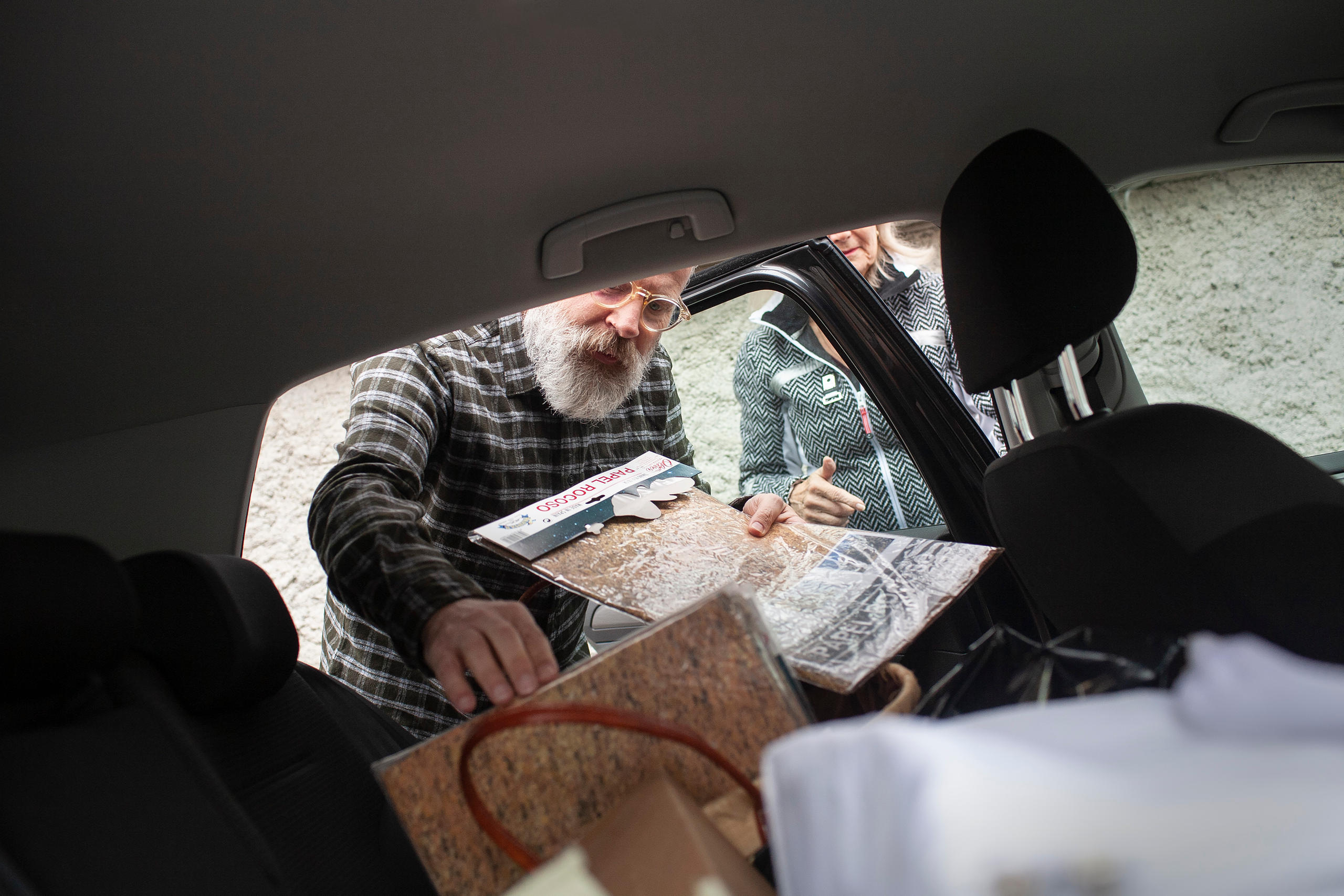
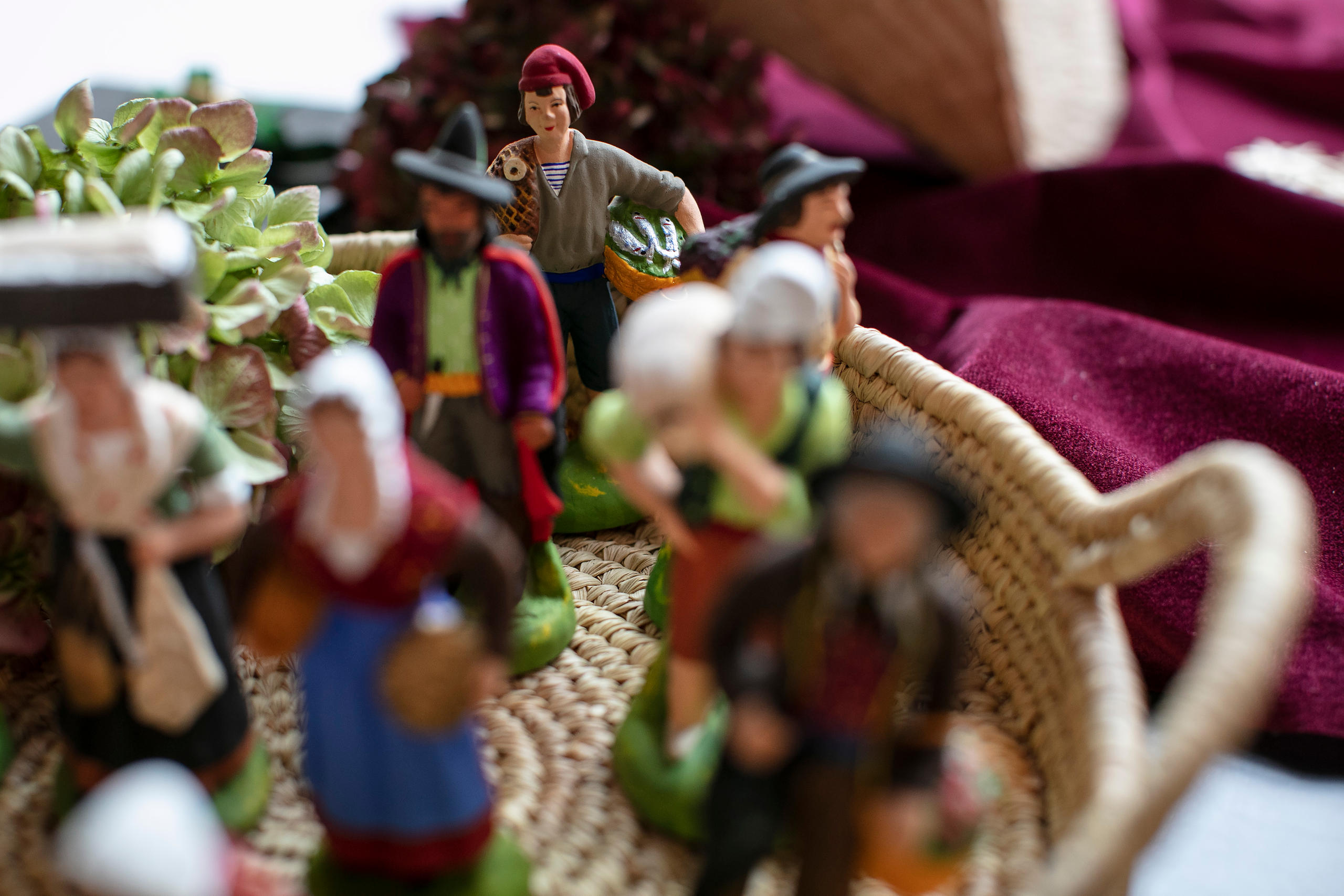
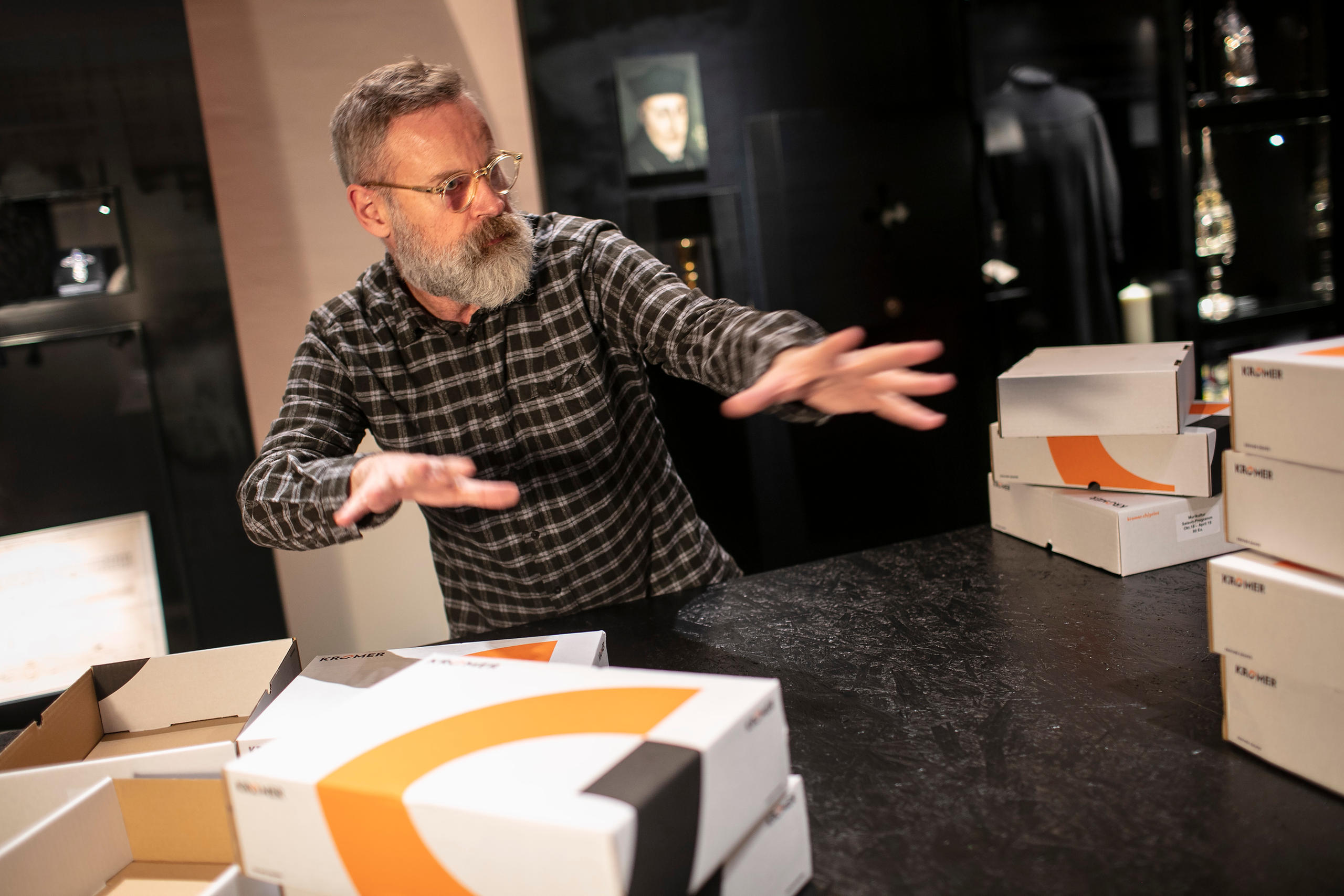
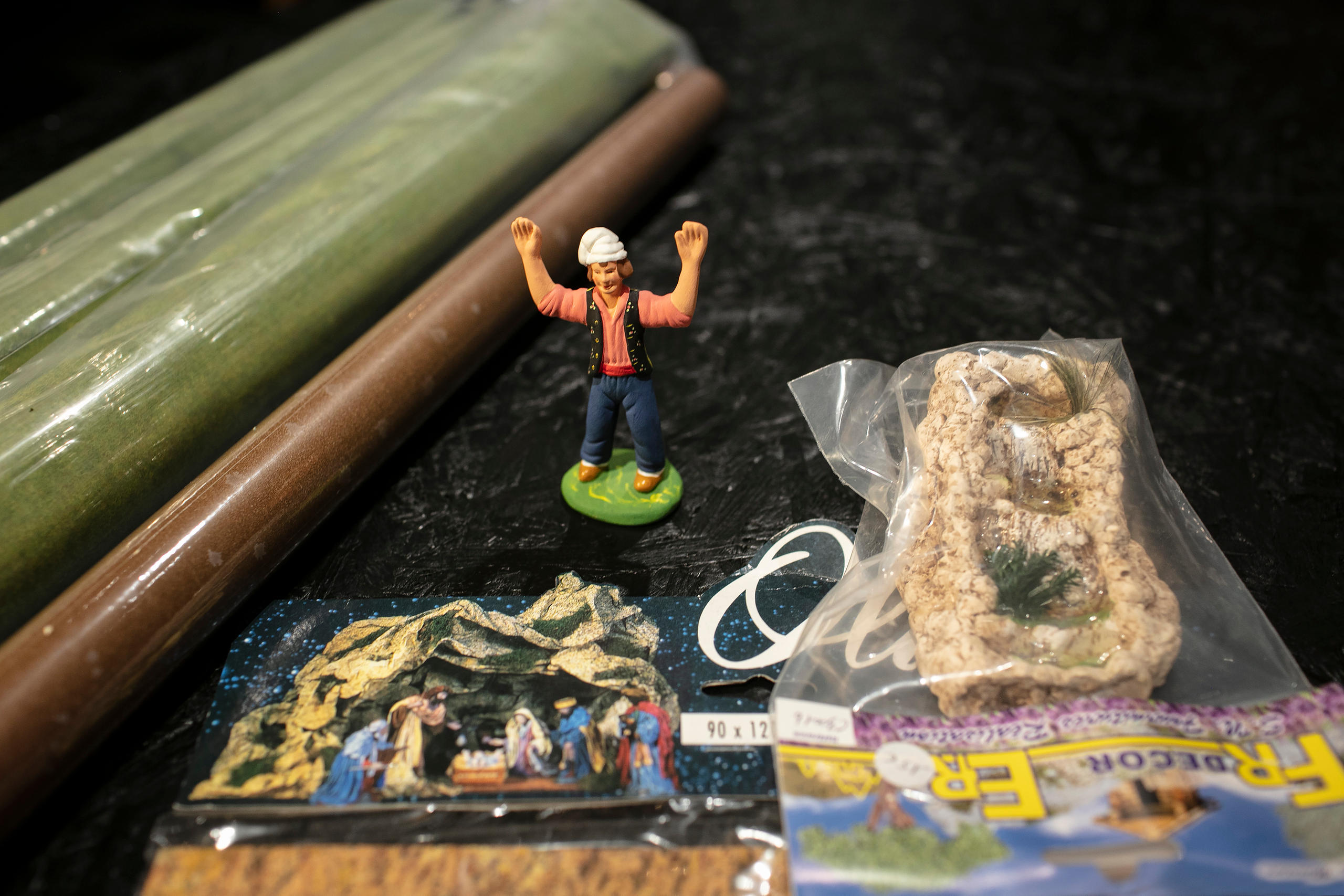

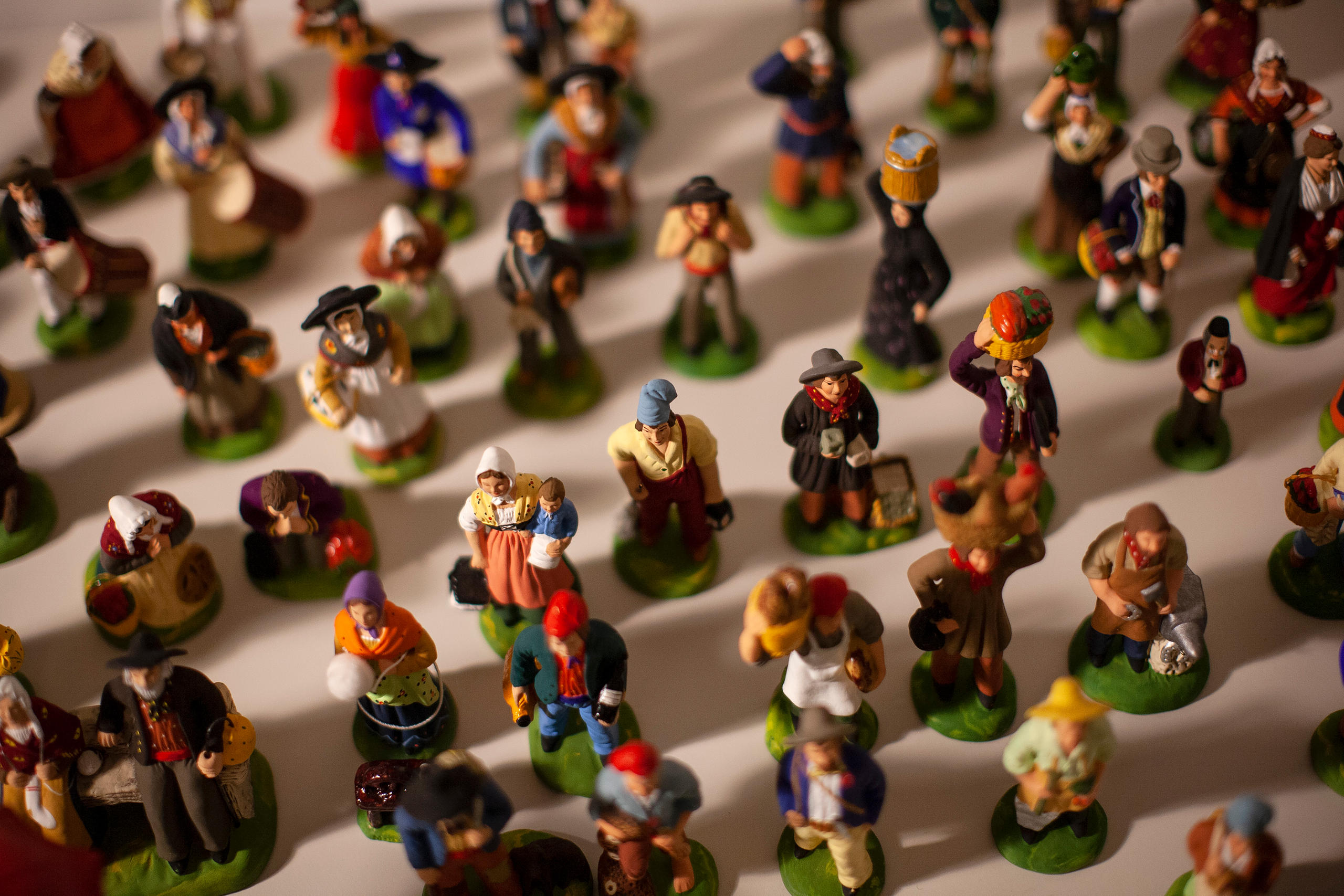
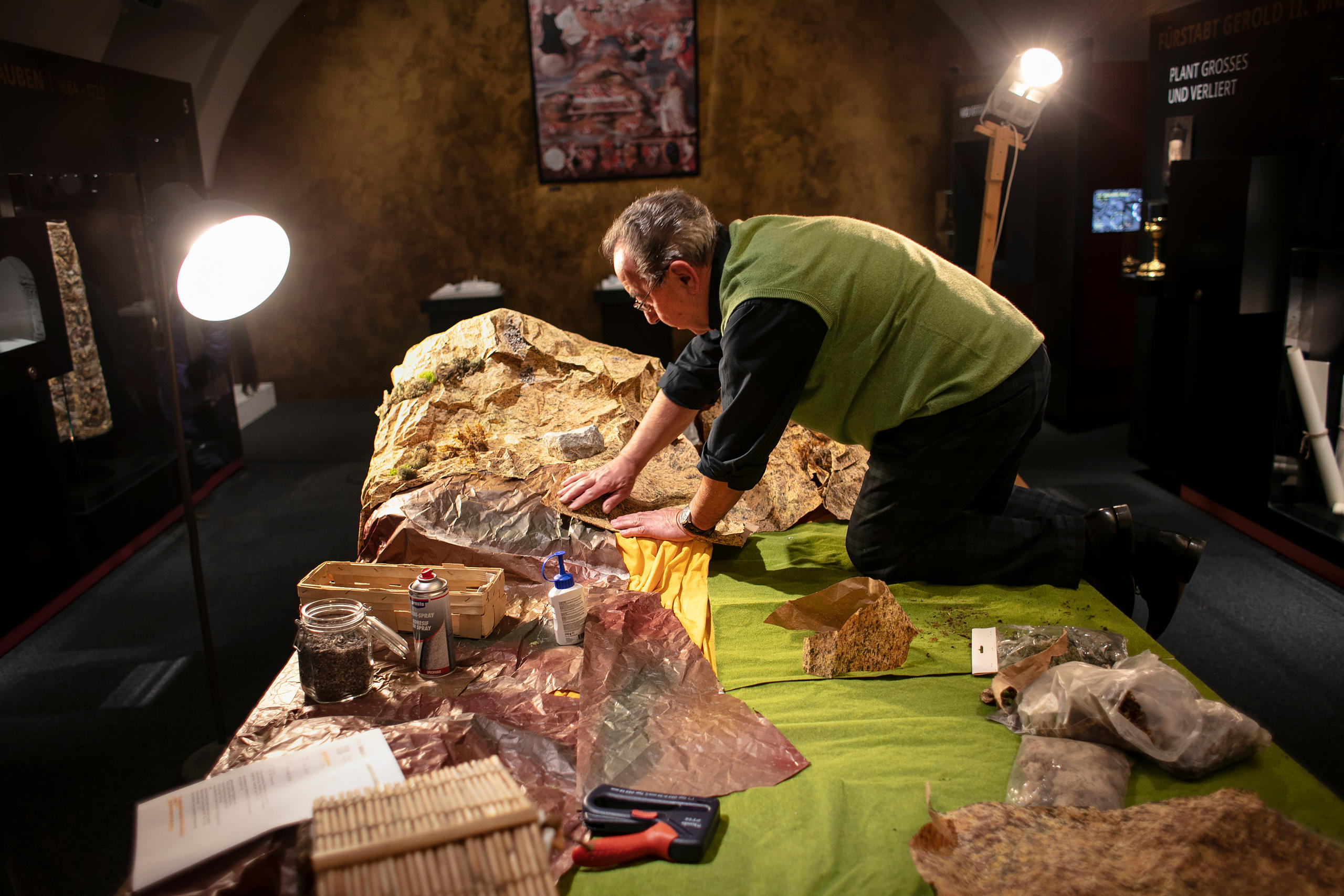
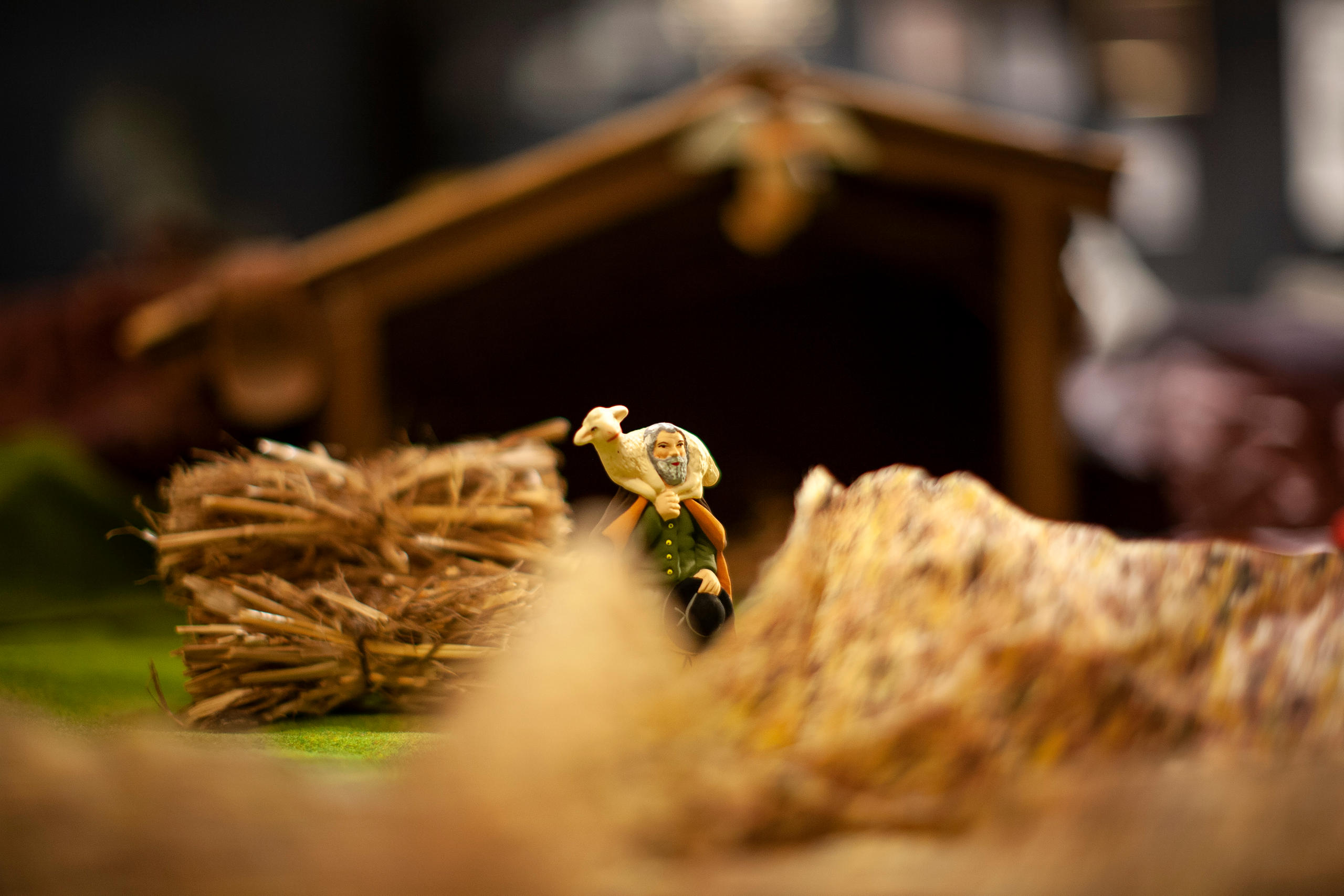

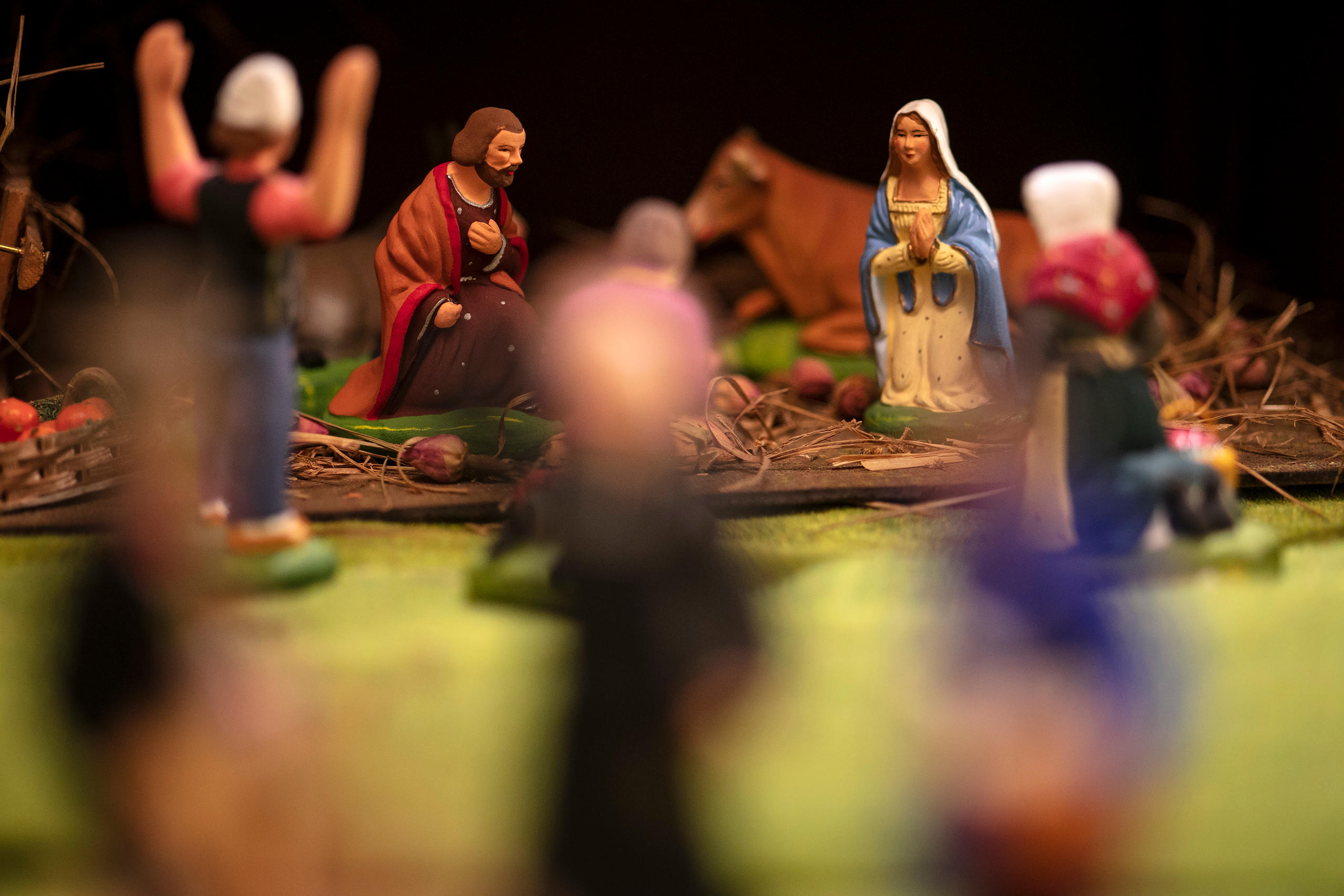
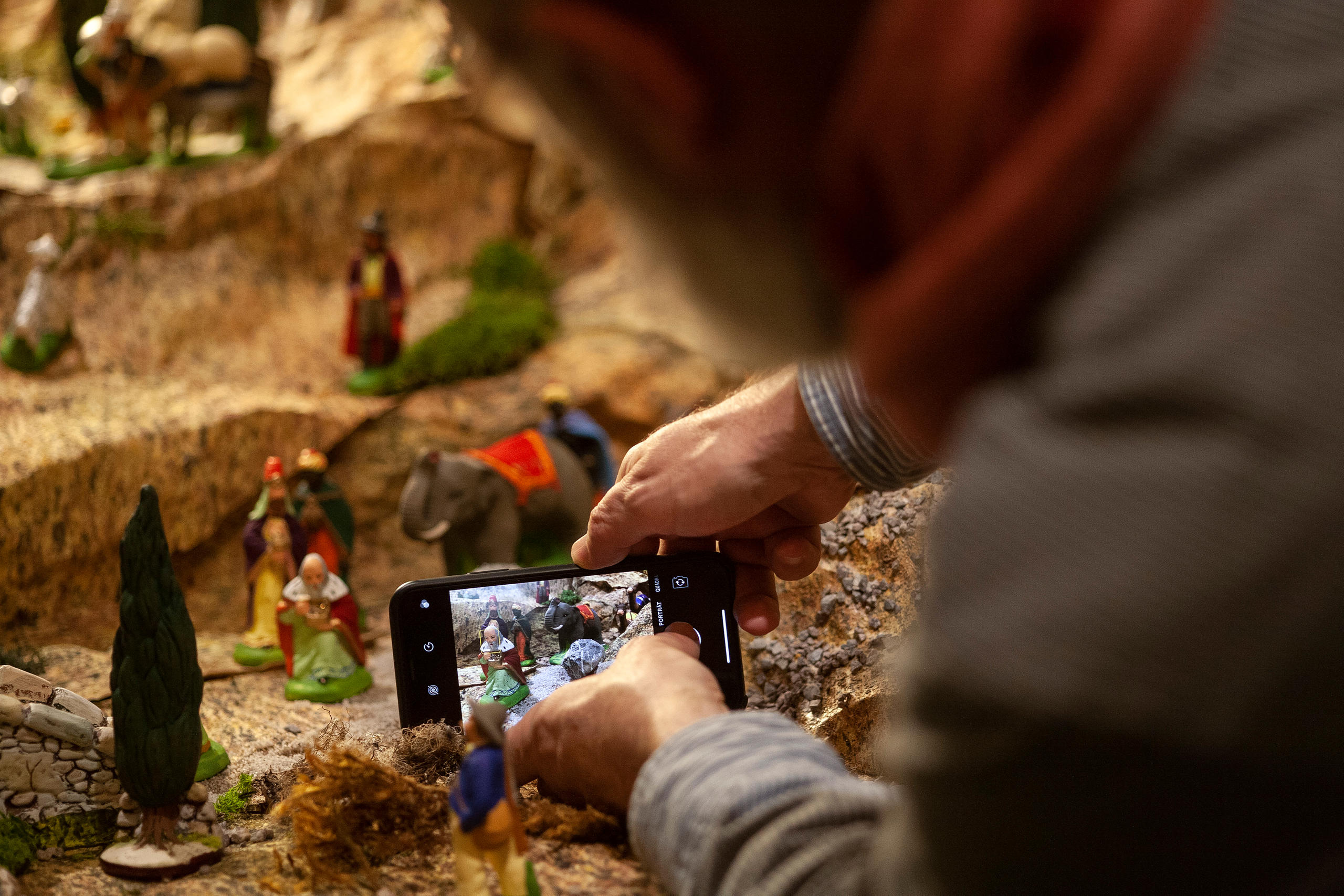
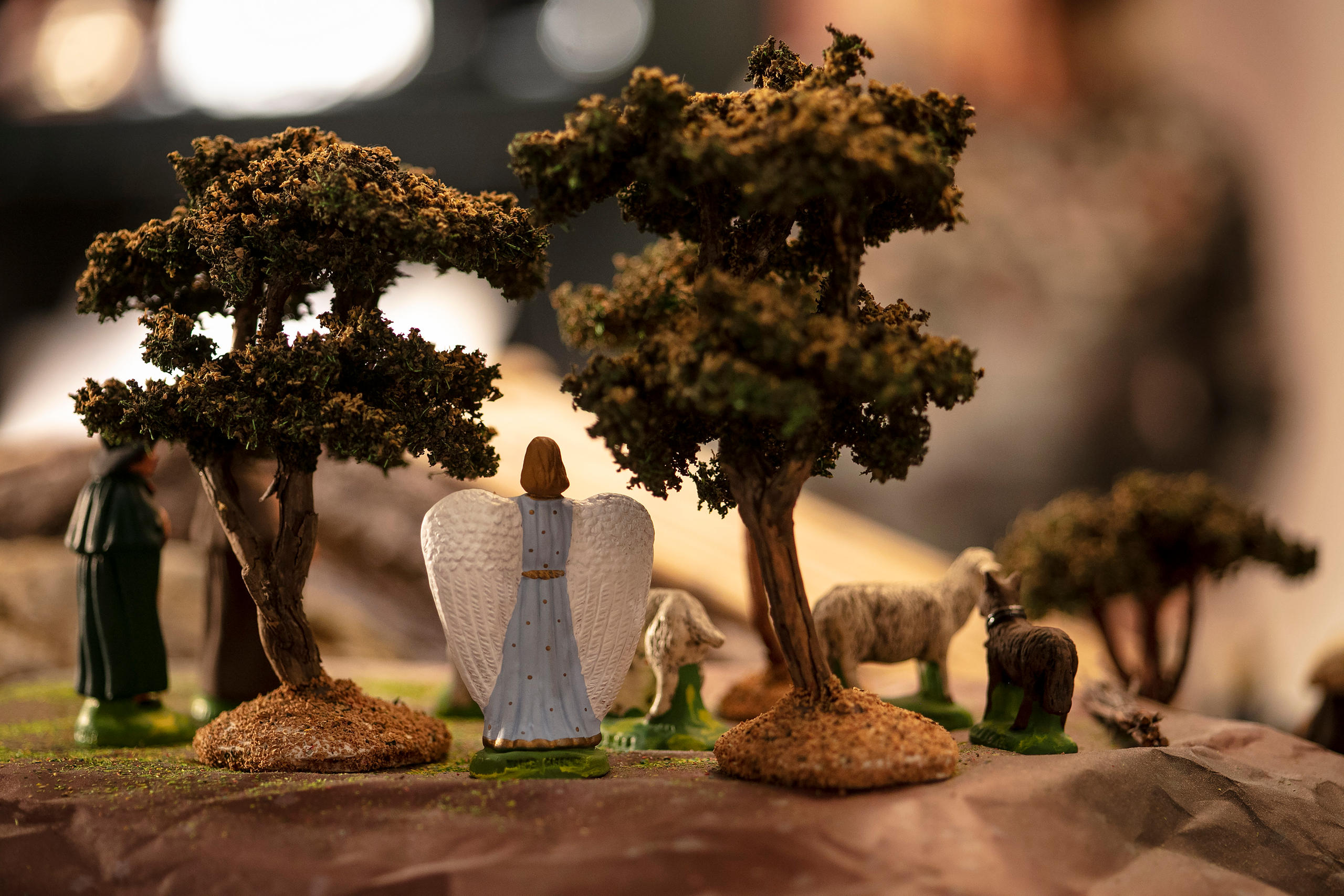



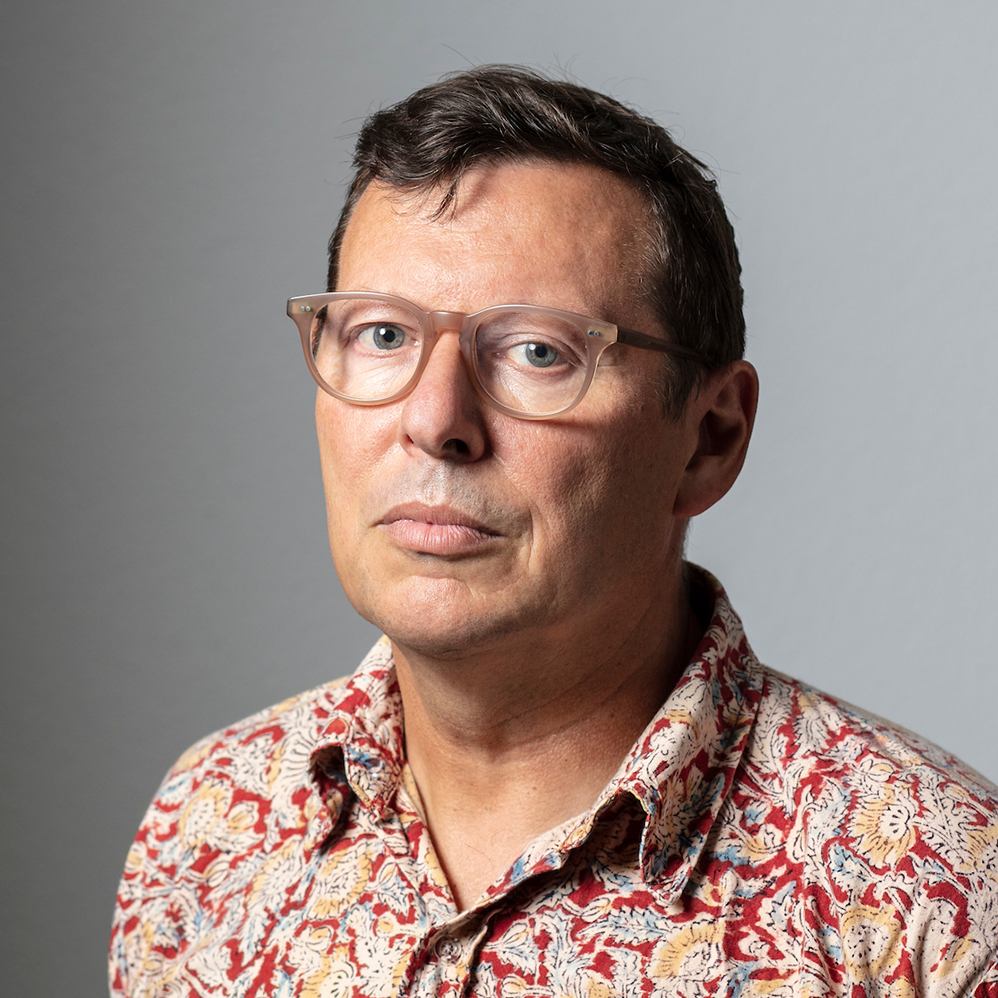
You can find an overview of ongoing debates with our journalists here . Please join us!
If you want to start a conversation about a topic raised in this article or want to report factual errors, email us at english@swissinfo.ch.